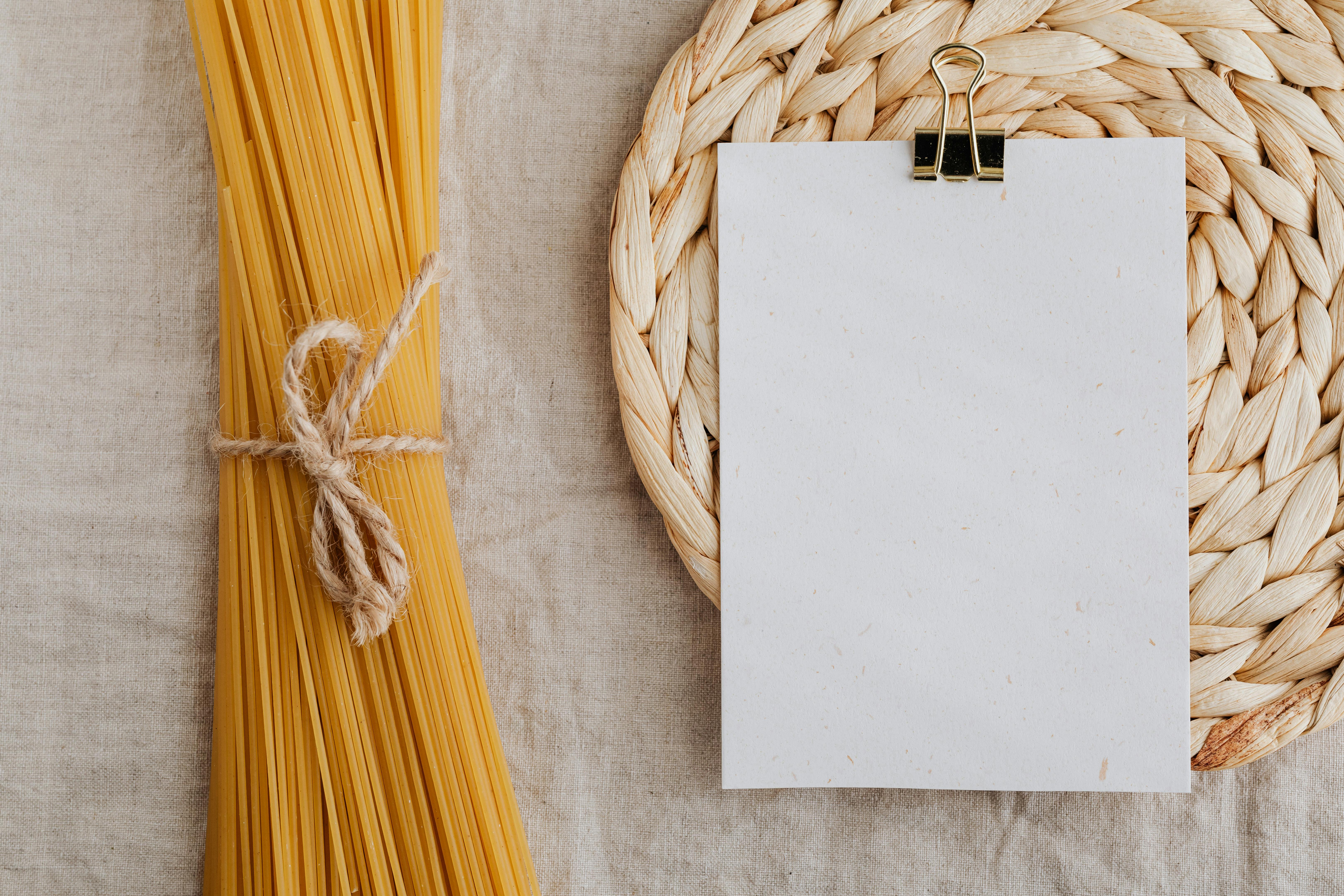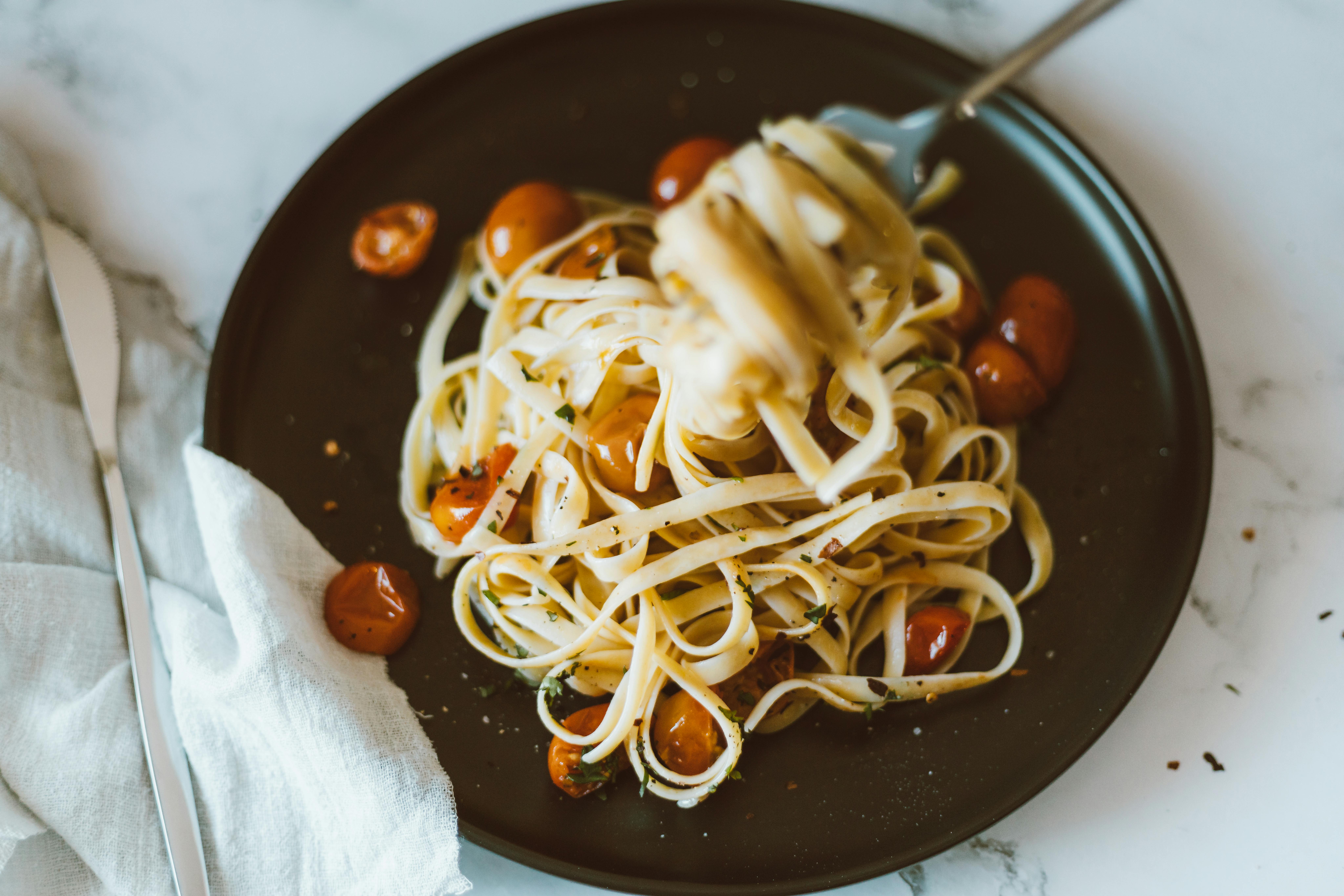Many of us feel the need to please and communicate with our furry family members, and one way to do this is to keep our pets in mind when organizing and decorating our homes. When designing an animal-friendly home, Feng Shui principles can create an environment that benefits you and your pet. Feng Shui is an ancient Chinese philosophy in which basic concepts of energy, balance, and connectivity are used to create an environment that supports your unique intentions.
Feng Shui (pronounced fung schway) is associated with five elements (fire, earth, metal, water, and wood), and each element with its colors, scents, and shapes can be used to create environments according to our intentions. There are some basic Feng Shui concepts that we can use when raising a new puppy or providing a comfortable and safe environment for our older friends. We need to use space as a tool, while being mindful that the colors we choose for bedding, the shapes we use for dinner plates, and even the flooring and fabric choices in our homes must be intentionally chosen to suit the needs of our pets. while contributing to the warmth and loving atmosphere of our homes. Implementing new and exciting items in ways that improve or correct unfavorable conditions in your living space is often simple and inexpensive.
A new puppy in the home brings renewed energy, love and excitement with all the possibilities life has to offer. They are our “yang” energies, full of life, energy and fun. However, for a dog, being in a new environment can bring fear and insecurities. Our pups need stability, grounding, and security. Adding some “yin” to the environment will help balance your energies, especially at bedtime.
According to the principles of Feng Shui, the Earth element gives one a sense of belonging, permanence, and a feeling of connection. When looking for bedding or blankets for a new pup, rely on the Earth element by incorporating earth tone colors (brown, yellow, terra cotta, sand tones, gray) with a square pattern. In all your decisions, keep in mind how dogs see color. Humans see a full spectrum of colors, while studies show that the dog’s world is made up of yellows, blues, and grays. Just like a red-green colorblind human, they can’t tell the difference between red and green. When a human perceives a red object, it appears yellow to the dog.
Wrapping up your new family member is another way to give them a sense of security or a “cave” feeling. Whether you’re creating or not, place your bedding in a corner away from doors and with as little activity and drafts as possible. There are wonderful “dens” on the market that reproduce nature. These study environments provide a feeling of warmth, security and privacy, while integrating the life source of nature.
Our older friends need the same consideration when it comes to home design and planning. There are wonderful products on the market that offer orthopedic beds for sore joints. Just like a new puppy, our older friends can sometimes have “accidents” and choosing bedding with fabrics that prevent moisture, bacteria and stains from building up in the fibers allows for a more pleasant experience for both humans and for pets. Crypton fabric launders like a dream, offering design freedom with little worry about wear and tear.
Faulty eyesight can be a problem with our elderly dogs, and “wayfinding” principles (used by hospitals and nursing homes) can be used. Our pets cannot read letters, but they understand the difference between a hard surface (wooden floor) and a soft surface (carpet). By adding simple items, we can make it easier and less stressful for our pets to find their familiar way to their food, beds, or a comfortable spot on our laps or by our feet. Using runners or mats leading to eating and elimination areas helps pets find their way, with less stress and more precision. Remember to use non-slip mats under your rugs or runners. This can reduce an animal’s stress and anxiety, ensuring a firm footing (or claw). Rearranging furniture should be considered very carefully with an older dog, as it can cause stress and confusion in an animal that knows exactly where things used to be.
You can also take advantage of your dog’s more developed sense, the sense of smell, to make him feel more comfortable in your home. Dogs have about 25 times more olfactory (smell) receptors than humans. Knowing the characteristics of each scent, and its properties, allows us to consciously use them where they are most needed. As humans, we respond to the pleasant and calming smell of lavender, and we know the energetic sensation of smelling peppermint. This is the same for dogs. To help “find the way” in your home, use a scent that will call your dog to the action you want him to take. For example, using a scent where your dog’s food and water bowl sits, such as peppermint or spearmint, can steer him in the right direction when it’s time to eat. You may want to use a different scent that draws them towards your disposal area or out the door, such as an earthy or woody scent.
Part of creating a healthy, happy and balanced home for your pet is removing as many toxins from his environment as possible. Be aware of the volatile organic chemical (VOC) in paints. When using paints in your remodel, look for those with zero VOCs. Paint off-gases (that awful paint smell we’ve experienced) and continues to expend toxins for up to 18 months after application, affecting respiration. Keep your environment healthy by being aware of these and other toxins in cleaning, hygiene and beauty products.
Another way to bring Feng Shui to dogs of any age is to use the properties of the Water element. The Feng Shui element of Water, represented in blue and black, increases digestion, allowing more time to relax. This makes a perfect color combination for food bowls and dining areas, for example. Providing a food bowl for your dog that is either black or blue will allow your pet to slow down the eating process, especially helpful if your dog has a tendency to gobble up his food. Combine these colors with the square shape of the Earth element to further aid slower digestion. Avoid round food dishes (the Metal element), as this will cause your pet to eat more, as circles will not allow our eyes to rest in one place, but your pet will continually forage around and around for food. Keep in mind that food and water bowls should be elevated to make eating and drinking easier, especially for older animals. It is recommended that feeders and drinkers be placed about six inches below the height of the pet’s withers (top of front shoulder). For small dogs, subtract four inches. You can also find square and raised food and water bowls for your pets that are aesthetically pleasing so they complement your existing decor.
Dogs also use other cues such as texture, brightness, and position to adjust to their environment. Experiment with various textures throughout your home and you may find more ways to make your furry friend comfortable.
By planning your dog’s habits and personality, and applying the appropriate Feng Shui elements, you can achieve balance in the life of your pet and for everyone who shares your space. Using Feng Shui principles and elements in your animal-friendly design can empower the spirit and the environment for not only you, but your furry companion as well.



